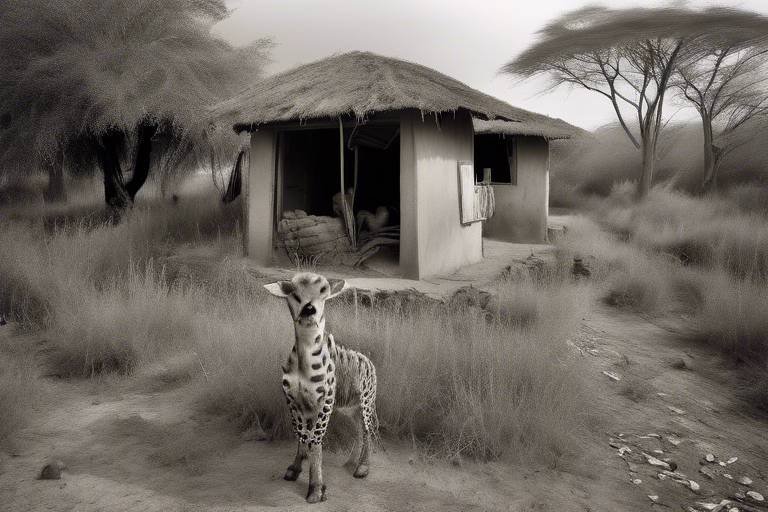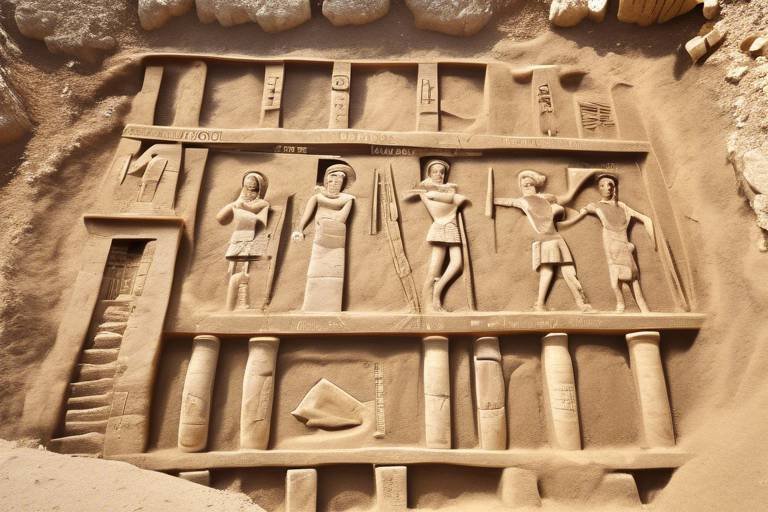Promoting Global Awareness of Archaeological Heritage
Archaeological heritage holds the key to unlocking the mysteries of our past, providing invaluable insights into the evolution of human civilizations. By promoting global awareness of archaeological heritage, we can ensure that these treasures are preserved for future generations to explore and appreciate. Through a combination of education, technology, community engagement, and international collaboration, we can safeguard these ancient sites and artifacts from the ravages of time and human activities.

Importance of Preserving Archaeological Sites
Preserving archaeological sites is not merely about protecting old stones and artifacts; it is about safeguarding our collective history and identity for future generations. These sites serve as tangible links to our past, offering invaluable insights into the lives, cultures, and achievements of our ancestors. By conserving archaeological sites, we are preserving a legacy that connects us to our roots and helps us understand where we come from.
Imagine a world without the majestic pyramids of Egypt, the intricate ruins of Machu Picchu, or the ancient city of Petra. These iconic landmarks not only captivate us with their beauty but also hold stories of civilizations long gone. Each stone, each carving, and each structure whisper tales of triumphs, struggles, and innovations that shaped the course of human history. Preserving these sites is akin to safeguarding a library of our past, ensuring that the chapters of our ancestors are not lost to time.
Moreover, the preservation of archaeological sites is crucial for fostering a sense of global heritage and shared humanity. These sites transcend borders and languages, serving as universal symbols of human ingenuity and creativity. They remind us that, despite our diverse cultures and beliefs, we are all part of the same narrative—a narrative that began thousands of years ago and continues to unfold today.
By protecting archaeological sites, we are not only honoring the achievements of past civilizations but also laying the groundwork for future discoveries and revelations. Each artifact unearthed, each inscription deciphered, adds another piece to the puzzle of our past, enriching our understanding of who we are and where we are headed. Preserving these sites is an investment in our collective knowledge and a testament to our commitment to learning from the past to build a better future.

Challenges in Archaeological Conservation
Archaeological heritage holds a wealth of knowledge about our past, offering insights into ancient civilizations and their way of life. In this article, we will delve into various aspects of archaeological conservation, exploring the challenges faced, the role of technology in research, community engagement, tourism impact, international collaboration, ethical considerations, climate change threats, and the importance of education and outreach in promoting global awareness of our rich heritage.
Preserving archaeological sites and artifacts poses numerous challenges that threaten the integrity and longevity of these invaluable historical treasures. One of the primary challenges is the impact of natural elements such as erosion, weathering, and geological processes that gradually deteriorate ancient structures and relics over time. Human activities, including urban development, agricultural practices, looting, and vandalism, also contribute to the degradation and destruction of archaeological sites.
Furthermore, inadequate funding and resources for conservation efforts hinder the proper maintenance and protection of these sites. The lack of trained professionals and expertise in archaeological conservation further exacerbates the challenges faced in safeguarding our shared heritage. Balancing the need for accessibility to the public with the necessity of preservation presents a delicate challenge, as increased visitation can lead to accelerated deterioration of fragile archaeological remains.
Moreover, political instability, armed conflicts, and war-torn regions pose significant threats to archaeological sites, putting them at risk of looting, destruction, and irreparable damage. The illicit trade of antiquities on the black market further fuels the destruction of cultural heritage, making it imperative to address these challenges through international cooperation and stringent regulations.

Role of Technology in Archaeological Research
Technology plays a pivotal role in revolutionizing archaeological research by providing innovative tools and methods that enhance exploration, analysis, and preservation efforts. One of the groundbreaking technologies transforming the field is LiDAR (Light Detection and Ranging), which enables researchers to create detailed 3D maps of archaeological sites with remarkable precision. This technology allows archaeologists to uncover hidden structures and landscapes that may not be visible to the naked eye, offering new insights into ancient civilizations and their environments.
In addition to LiDAR, 3D scanning has become an invaluable tool in documenting and preserving archaeological artifacts. By creating digital replicas of objects, researchers can study and analyze them without risking damage to the originals. This technology not only aids in research and conservation but also allows for virtual exhibitions and educational programs, making archaeological findings more accessible to a global audience.
Furthermore, drones have transformed the way archaeological sites are surveyed and monitored. These unmanned aerial vehicles provide aerial imagery and data that help archaeologists map large areas efficiently and monitor changes over time. Drones are particularly useful in remote or inaccessible locations, allowing researchers to gather information and assess sites without disturbing the delicate ecosystems or structures.
The integration of these advanced technologies in archaeological research not only accelerates the pace of discovery but also improves the accuracy and scope of investigations. By harnessing the power of LiDAR, 3D scanning, drones, and other cutting-edge tools, archaeologists can unravel the mysteries of the past with unprecedented detail and clarity, preserving our shared heritage for future generations.
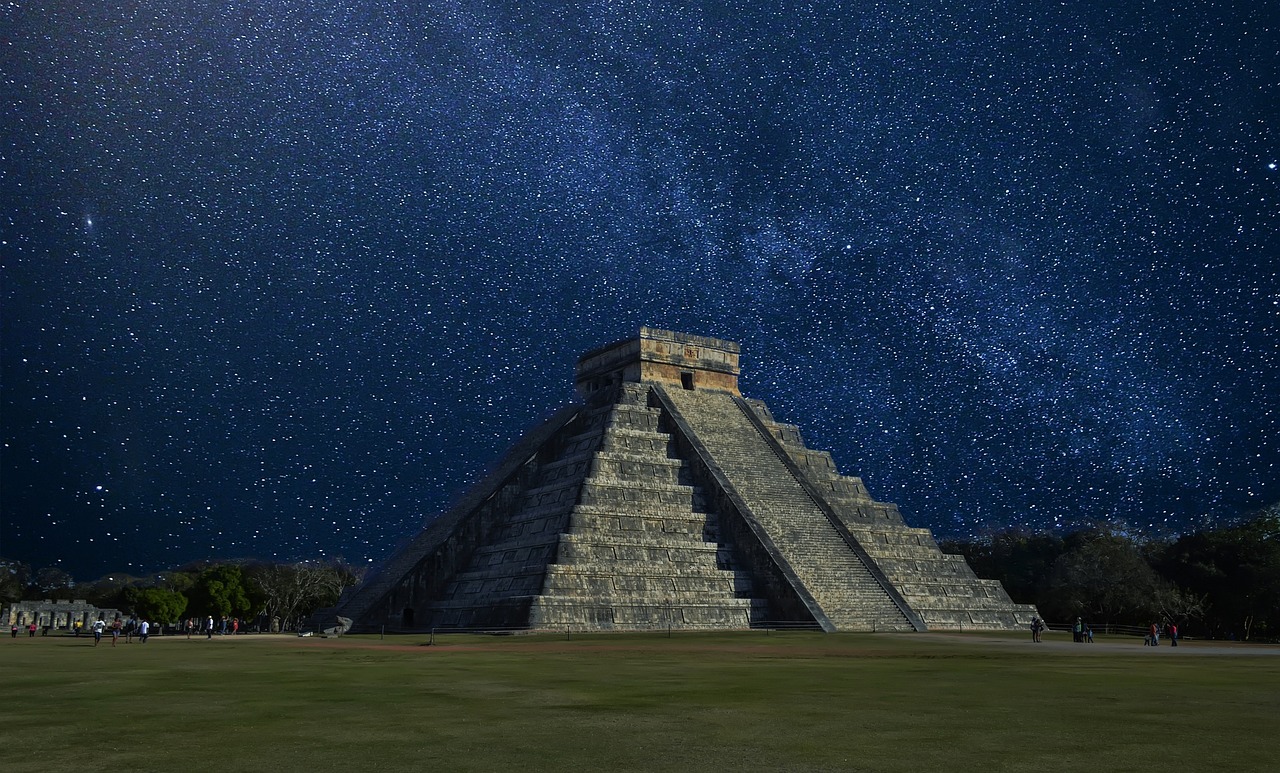
Community Engagement in Heritage Preservation
Community engagement plays a crucial role in the preservation of our archaeological heritage. When local communities are actively involved in the protection and promotion of historical sites, the impact is profound and long-lasting. By educating residents about the significance of these sites and encouraging their participation in conservation efforts, a sense of ownership and pride is instilled, fostering a deeper connection to their cultural roots.
Through community engagement programs, individuals are empowered to become stewards of their heritage, working hand in hand with archaeologists and conservationists to safeguard valuable artifacts and structures. This collaborative approach not only ensures the physical preservation of sites but also fosters a sense of responsibility and respect towards the past.
Local communities can contribute to heritage preservation through various means, such as organizing volunteer clean-up activities, conducting guided tours for visitors, or participating in workshops on site maintenance. These initiatives not only benefit the archaeological sites themselves but also create opportunities for economic growth and sustainable tourism development within the community.
Furthermore, community engagement serves as a platform for sharing knowledge and traditions across generations, ensuring that the stories and significance of archaeological heritage are passed down to future inhabitants. By involving youth in educational programs and cultural events, a sense of continuity and pride in heritage is instilled, creating a legacy of preservation for years to come.
In essence, community engagement in heritage preservation is not just about protecting physical remains; it is about nurturing a sense of belonging and identity within a community. By actively involving residents in the conservation and promotion of archaeological sites, we are not only preserving the past but also shaping a more informed and connected future.
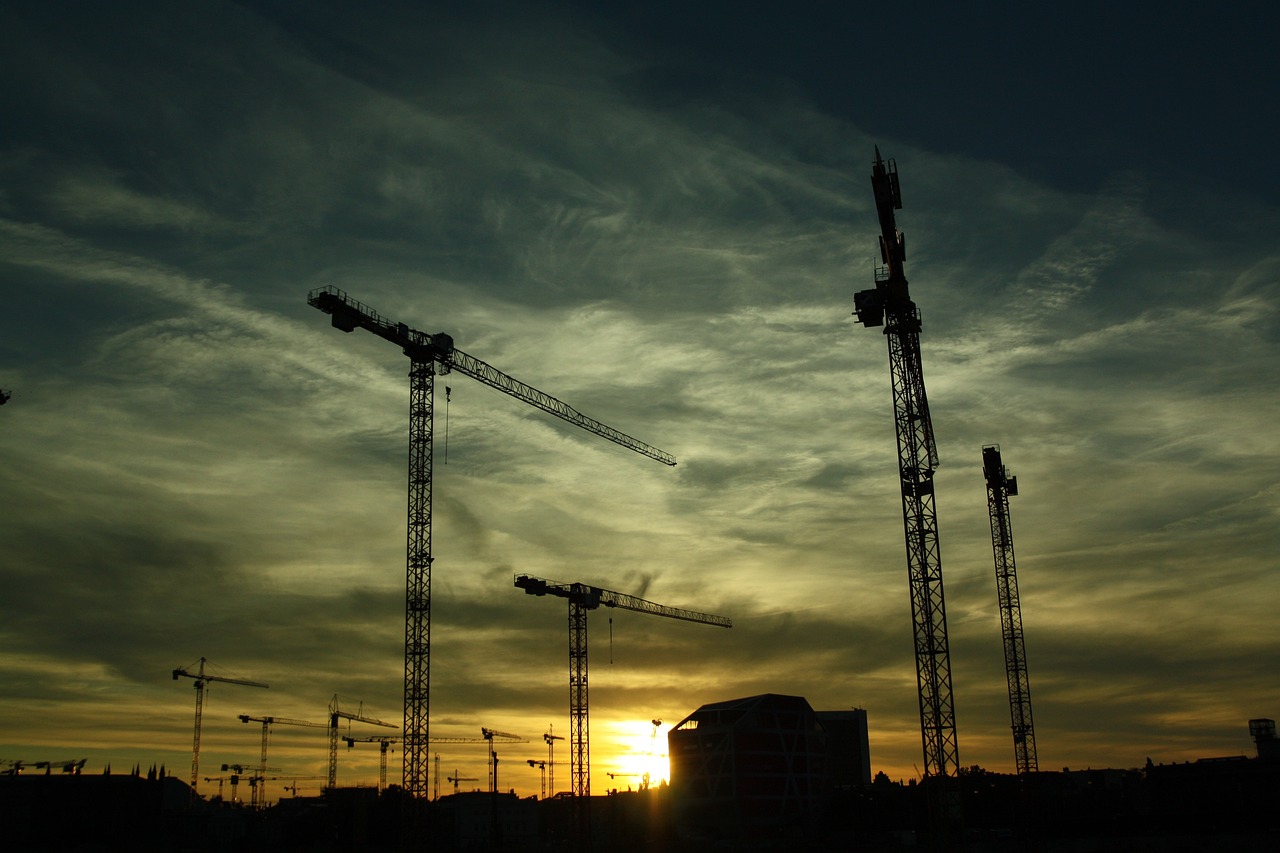
Impact of Tourism on Archaeological Sites
Tourism plays a significant role in the preservation and promotion of archaeological sites worldwide. The influx of visitors to these historical landmarks can have both positive and negative impacts on their conservation and cultural significance. On one hand, tourism provides financial support for the maintenance and restoration of archaeological sites, contributing to their long-term sustainability. It also raises awareness about the importance of preserving cultural heritage and can facilitate educational opportunities for visitors.
However, the high volume of tourists can also pose threats to archaeological sites, leading to wear and tear on structures, erosion of artifacts, and disruption of delicate ecosystems. Unregulated tourism activities, such as vandalism, looting, and overcrowding, can irreversibly damage these sites and compromise their authenticity. Balancing the benefits of tourism with the need for conservation is a complex challenge that requires careful planning and management.
Implementing sustainable tourism practices is essential to mitigate the negative impacts of tourism on archaeological sites. This includes regulating visitor numbers, establishing protective measures, and promoting responsible tourism behavior. By encouraging respect for archaeological sites and fostering a sense of stewardship among visitors, we can ensure the preservation of these invaluable cultural treasures for future generations.
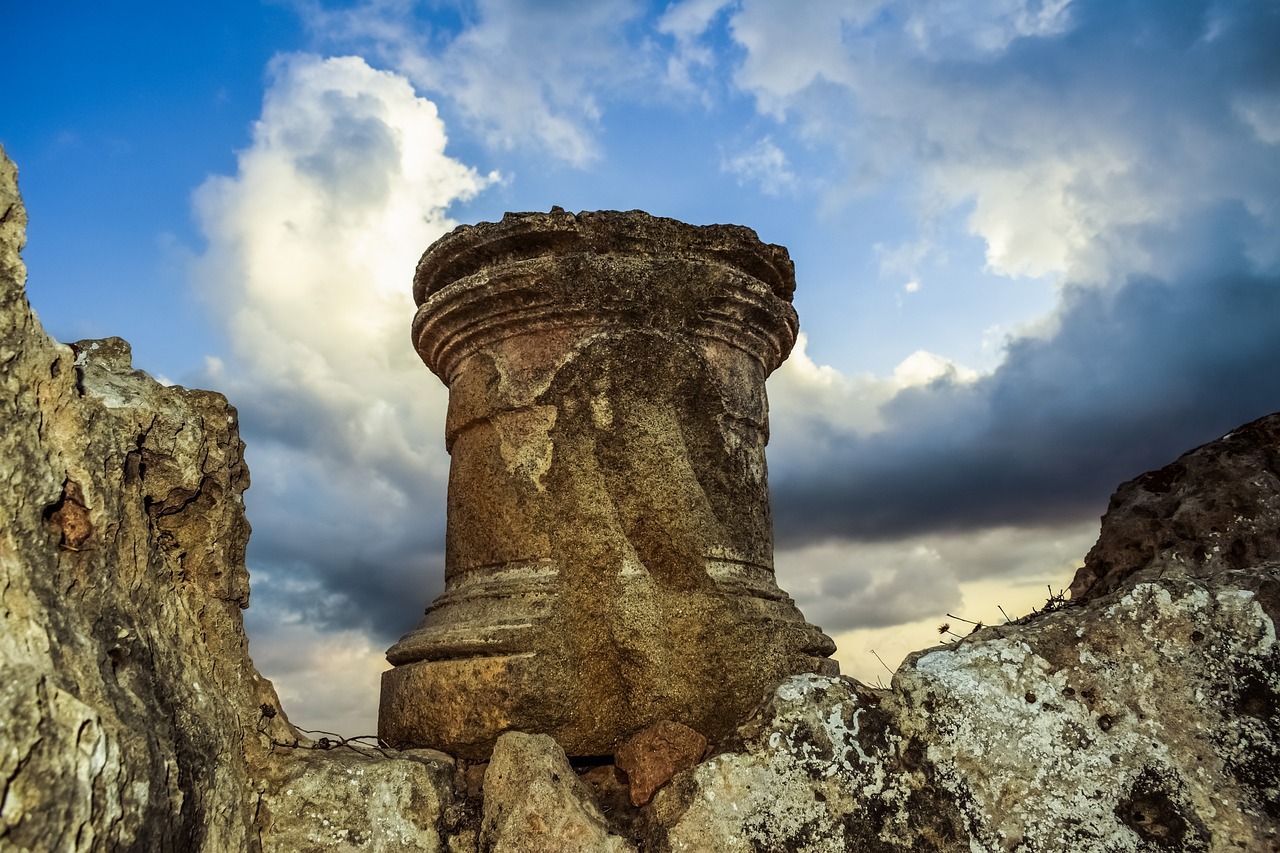
International Collaboration in Archaeological Projects
International collaboration plays a crucial role in advancing archaeological projects around the world. By fostering partnerships between researchers, institutions, and governments from different countries, these collaborations bring together diverse expertise and resources to tackle complex archaeological challenges.
Through international cooperation, archaeological projects can benefit from shared knowledge, innovative technologies, and funding opportunities that may not be available on a local scale. This exchange of ideas and resources not only enhances the quality of research but also promotes cultural exchange and understanding among participating nations.
Furthermore, collaborative efforts in archaeology enable the preservation and protection of shared heritage that transcends national boundaries. By working together, experts can address global issues such as looting, illicit trafficking of artifacts, and the impact of climate change on archaeological sites more effectively.
International partnerships also promote mutual respect for diverse cultural perspectives and traditions, fostering a sense of unity and interconnectedness in the global archaeological community. By joining forces, researchers can uncover new insights into the past, enriching our understanding of human history and heritage for present and future generations.
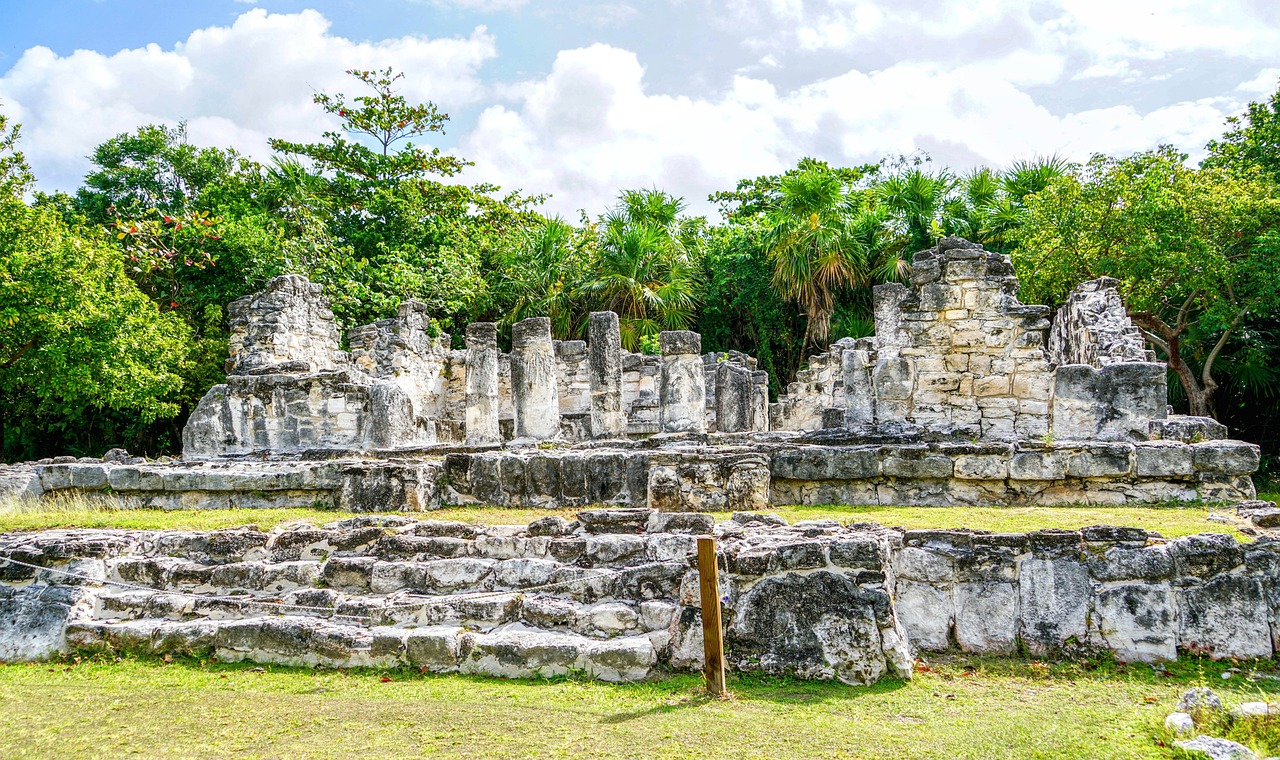
Ethical Considerations in Archaeology
When delving into the realm of archaeology, one cannot ignore the ethical considerations that come into play. The excavation, preservation, and display of ancient artifacts raise complex moral dilemmas that require careful navigation. One of the primary ethical concerns in archaeology is the issue of ownership. Who rightfully owns the artifacts unearthed from archaeological sites? Should they belong to the country in which they were found, the descendants of the original creators, or the institutions that funded the excavation?
Furthermore, the display of human remains poses a significant ethical challenge. Balancing the scientific value of studying ancient bones with the respect for the deceased individuals is a delicate task. Archaeologists must consider the cultural sensitivities of indigenous communities and the ethical implications of public display when handling human remains.
Another ethical consideration is the impact of archaeological activities on local communities. Excavations can disrupt the lives of people living near the sites, leading to conflicts over land use and heritage preservation. Archaeologists must engage with the community, seek their input, and ensure that their work respects the cultural heritage and traditions of the local population.
Moreover, the issue of looting and illicit trafficking of artifacts plagues the field of archaeology. The illegal excavation and sale of antiquities not only rob countries of their heritage but also contribute to the destruction of archaeological sites. Ethical archaeologists advocate for strict laws and regulations to combat looting and ensure that artifacts are properly documented and preserved for future generations.
Overall, ethical considerations in archaeology are crucial for maintaining the integrity of the field and preserving our shared human heritage. By upholding ethical standards, archaeologists can ensure that their work contributes positively to the understanding of the past while respecting the rights and dignity of all involved parties.
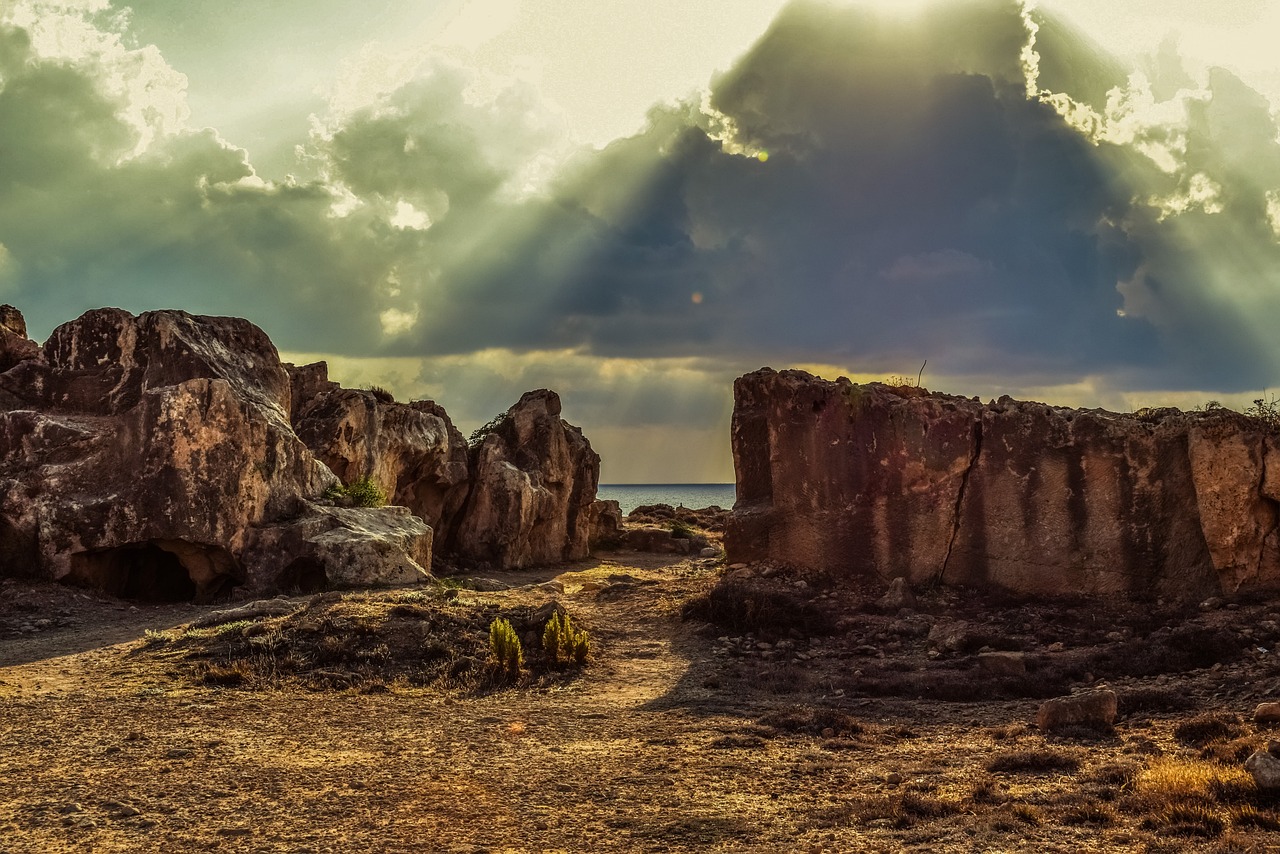
Archaeology and Climate Change
Climate change poses a significant threat to archaeological sites worldwide, endangering our cultural heritage and historical treasures. The impact of rising temperatures, extreme weather events, sea-level rise, and other climate-related phenomena can accelerate the deterioration and destruction of ancient structures and artifacts. Imagine a once-thriving civilization now at risk of being swallowed by the sea, its remnants lost forever to the relentless forces of nature.
Archaeologists and conservationists are increasingly alarmed by the visible effects of climate change on archaeological sites, such as coastal erosion threatening coastal settlements and sea-level rise submerging underwater archaeological sites. The urgency to address these challenges is paramount, requiring innovative strategies and collaborative efforts to safeguard our shared past from the ravages of a changing climate.
One approach involves integrating climate change adaptation measures into archaeological site management plans, implementing protective measures to mitigate the impact of extreme weather events and rising temperatures. By incorporating sustainable practices and resilient design solutions, archaeologists can help ensure the long-term preservation of valuable cultural heritage sites in the face of environmental uncertainties.
Furthermore, raising awareness about the intersection of archaeology and climate change is crucial in mobilizing support for conservation efforts and advocating for policies that prioritize heritage protection in the context of environmental conservation. Education and outreach programs can engage the public in understanding the vulnerability of archaeological sites to climate change and the importance of taking proactive steps to mitigate these risks.
In conclusion, the preservation of archaeological heritage in the era of climate change requires a proactive and collaborative approach that recognizes the interconnectedness of cultural and environmental sustainability. By acknowledging the threats posed by climate change and taking decisive action to protect our archaeological legacy, we can ensure that future generations inherit a world enriched by the lessons of the past.
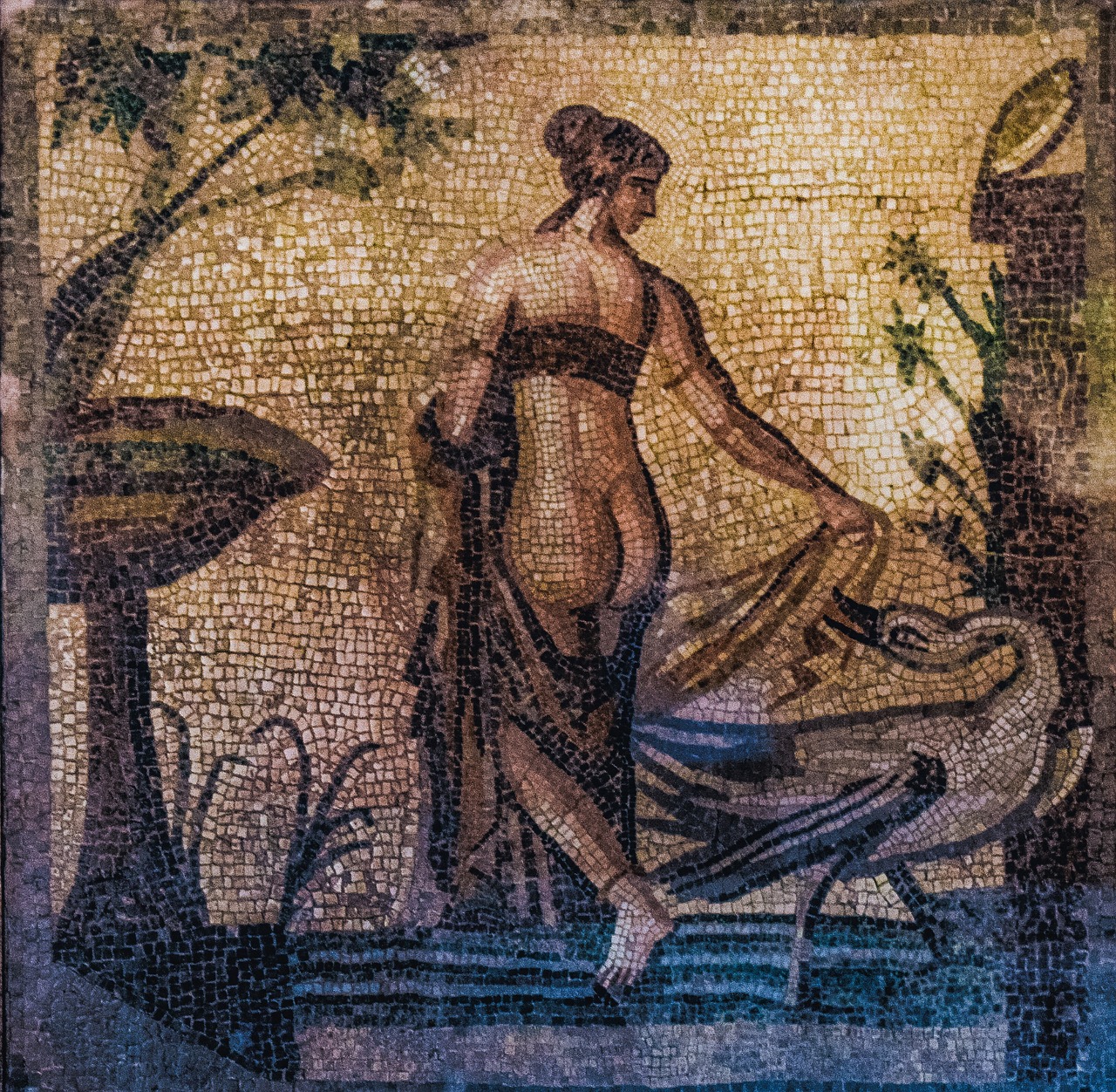
Education and Outreach for Archaeological Awareness
Education and outreach play a crucial role in raising awareness about the importance of preserving our archaeological heritage. By providing accessible information and engaging the public in archaeological initiatives, we can foster a sense of global stewardship and appreciation for our shared history. Educational programs, workshops, and guided tours offer opportunities for people of all ages to learn about ancient civilizations, archaeological techniques, and the significance of historical artifacts.
Furthermore, digital initiatives such as virtual tours, online exhibitions, and interactive websites enable individuals from around the world to explore archaeological sites and artifacts remotely. Through the power of technology, we can transcend geographical barriers and bring the wonders of archaeology directly to people's fingertips, inspiring curiosity and promoting a deeper understanding of our collective past.
Collaboration with schools, museums, and cultural institutions is essential in integrating archaeology into formal education curricula and public outreach activities. By incorporating archaeology into educational programs, we can instill a sense of curiosity and respect for our archaeological heritage in the next generation, ensuring that they become active participants in its preservation and promotion.
Moreover, community engagement plays a vital role in spreading awareness about the value of archaeological sites and artifacts. By involving local residents in conservation projects, archaeological digs, and heritage events, we can create a sense of ownership and pride in the cultural treasures that lie within their communities. Empowering individuals to become advocates for heritage preservation strengthens the bond between people and their past, fostering a sense of responsibility for safeguarding our shared history for future generations.
Frequently Asked Questions
- What is the significance of preserving archaeological sites?
Preserving archaeological sites is crucial as they hold valuable insights into our past, helping us understand human history, culture, and evolution. By safeguarding these sites, we ensure that future generations can learn from and appreciate our heritage.
- How can technology aid in archaeological research?
Technology plays a vital role in archaeological research by enabling advanced techniques like LiDAR, 3D scanning, and drones. These tools enhance exploration, documentation, and preservation efforts, revolutionizing the field of archaeology.
- Why is community engagement important in heritage preservation?
Community involvement is essential for the protection and promotion of archaeological heritage. Local communities bring valuable knowledge, support, and advocacy to conservation efforts, fostering a sense of ownership and responsibility towards cultural treasures.
- What are the ethical considerations in archaeology?
Archaeology raises ethical dilemmas regarding the excavation, display, and ownership of artifacts and human remains. Issues such as cultural sensitivity, repatriation, and respectful treatment of heritage objects are central to ethical practices in the field.
- How does climate change impact archaeological sites?
Climate change poses significant threats to archaeological sites worldwide, leading to erosion, flooding, and degradation of cultural heritage. Mitigating these risks requires proactive measures to protect these vulnerable locations from environmental damage.
- Why is education and outreach important for archaeological awareness?
Education and outreach initiatives play a key role in raising public awareness about archaeological heritage. By engaging with diverse audiences through educational programs and digital platforms, we can inspire a sense of global stewardship and appreciation for our shared past.


